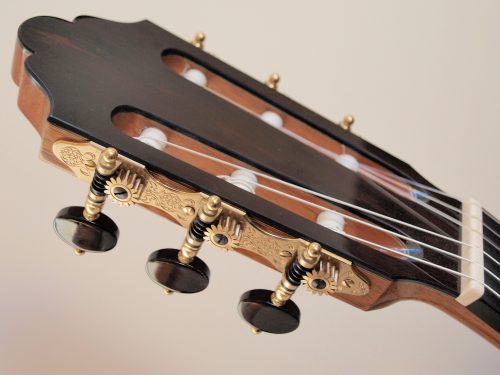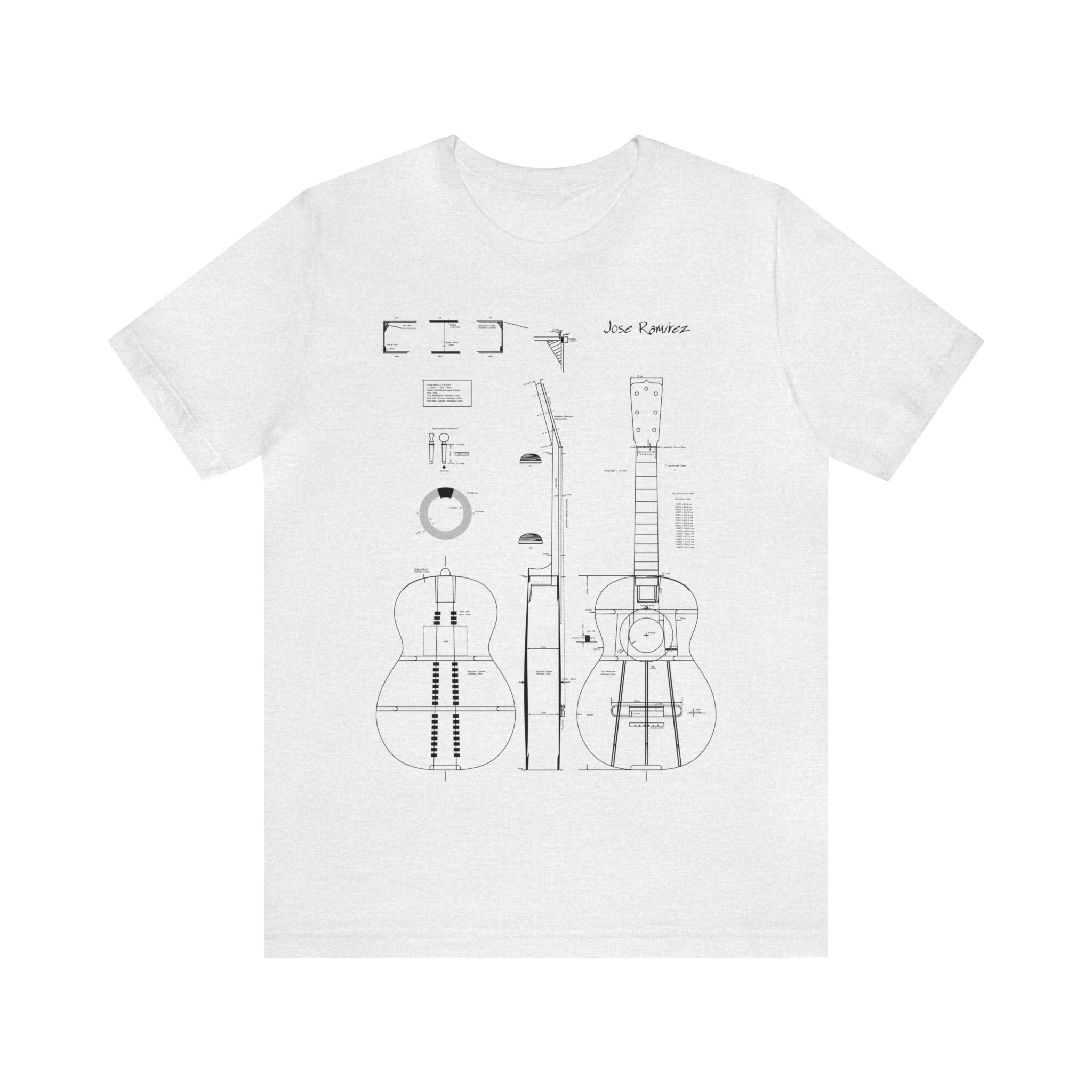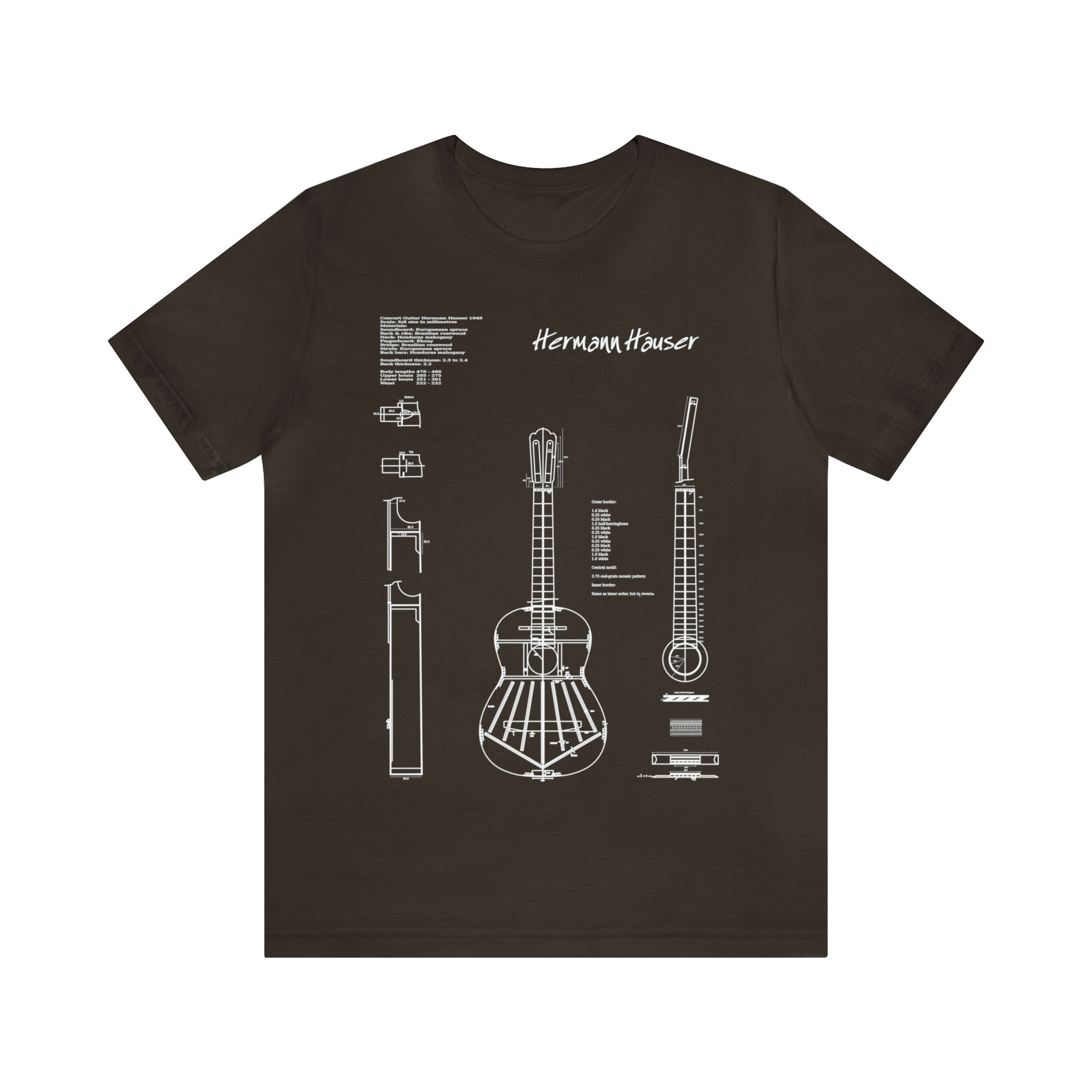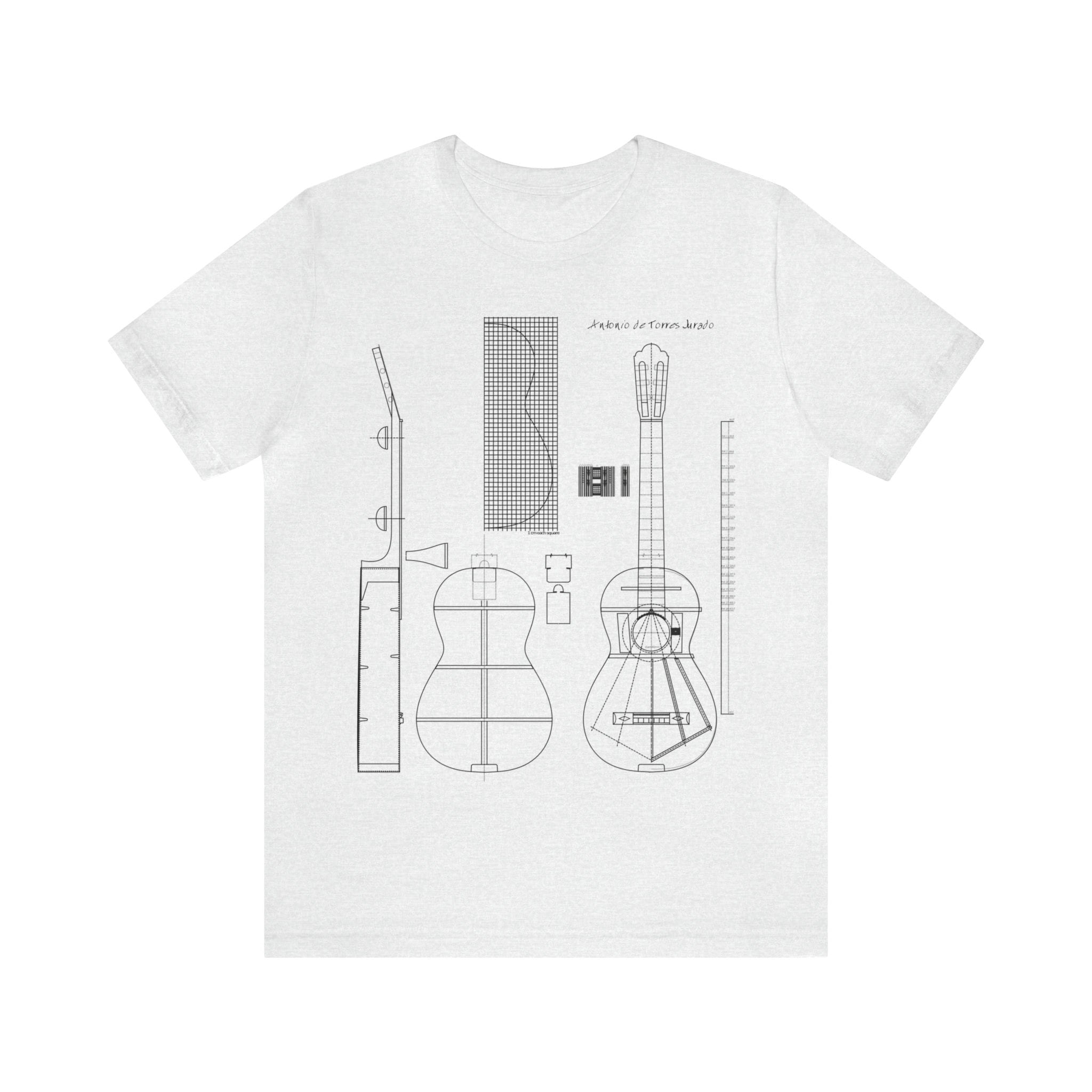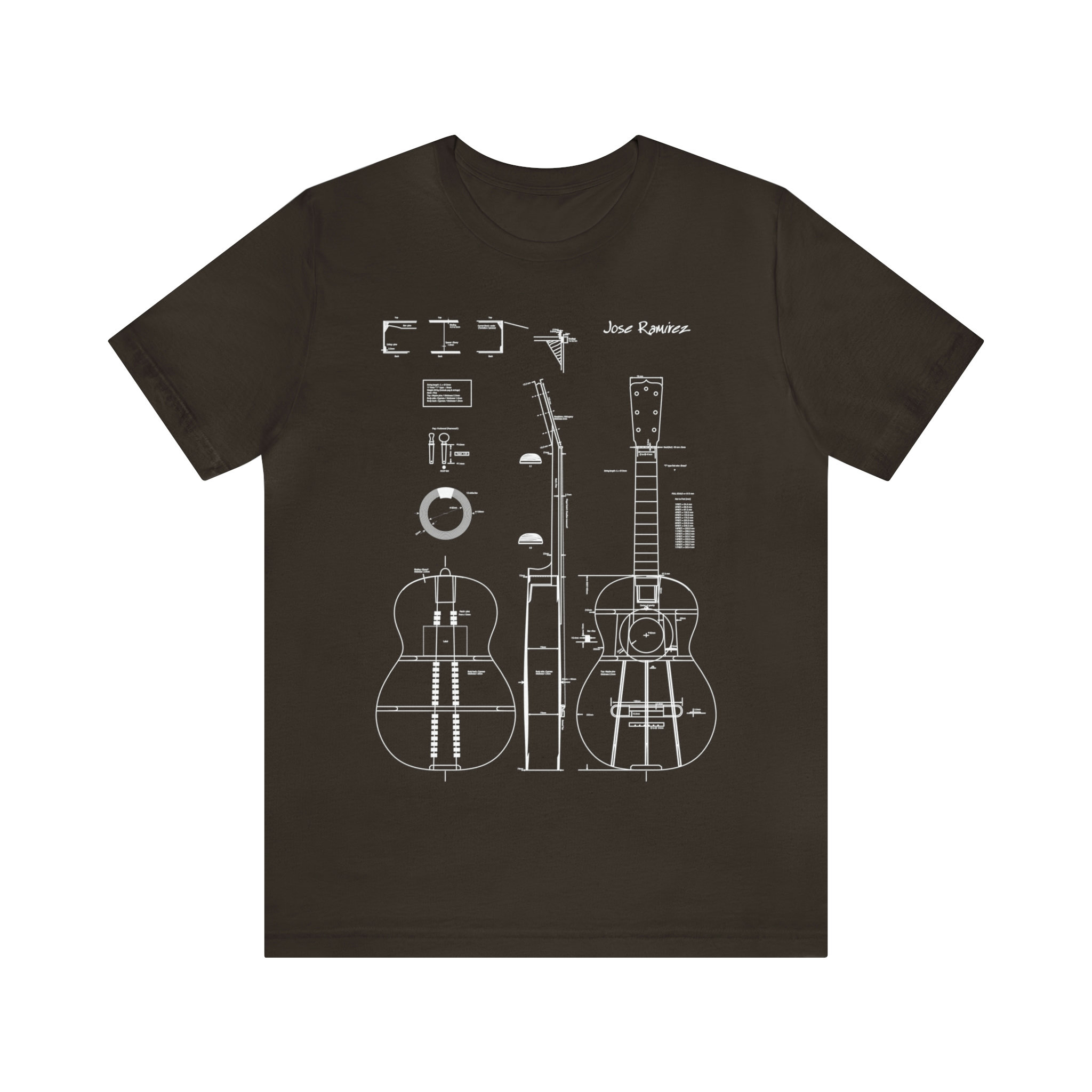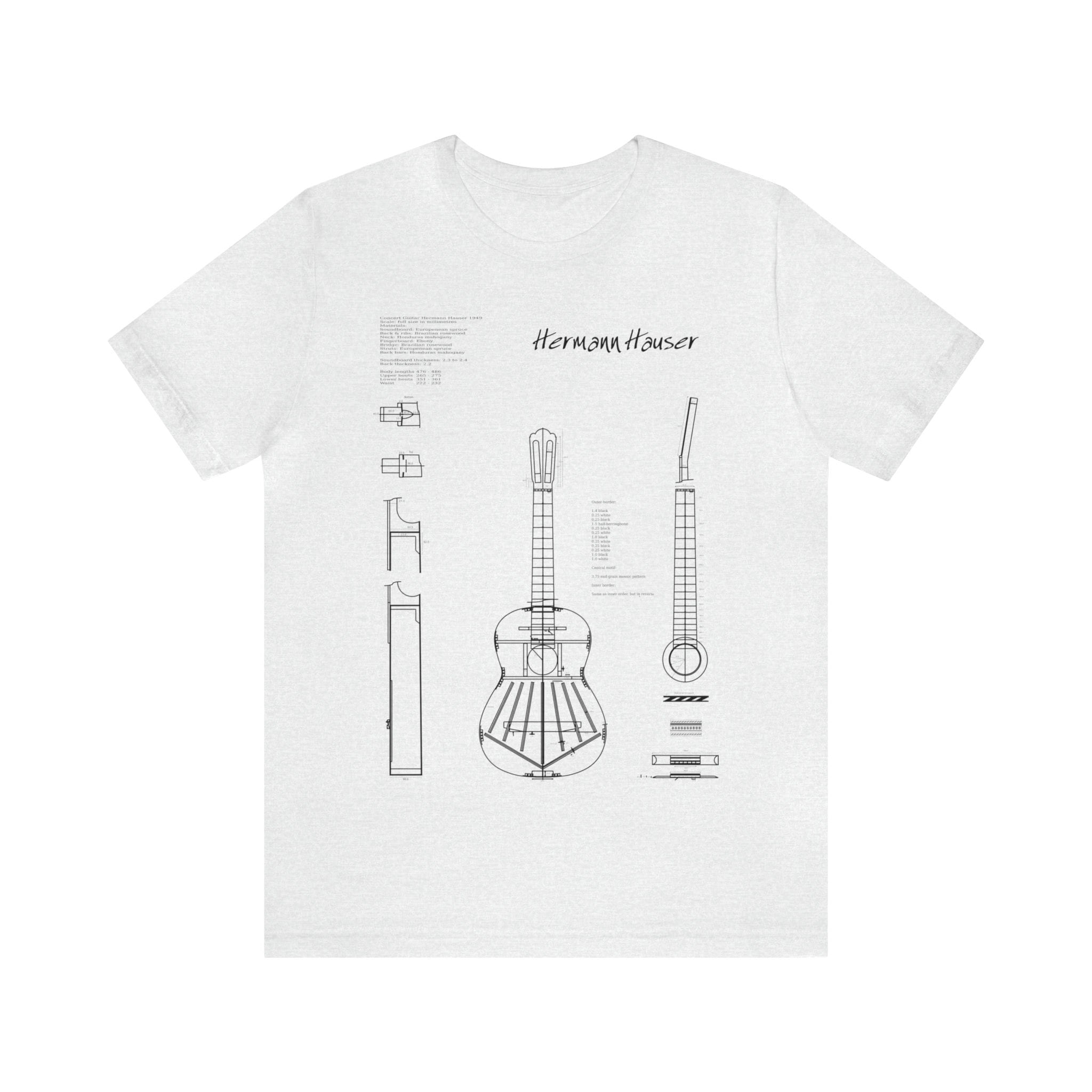Dominique Field is a highly regarded and respected luthier in the contemporary French lutherie scene. He is known for his meticulous attention to detail and his dedication to producing exceptional quality guitars. He has been influenced by the work of famous luthiers like Robert Bouchet and Daniel Friederich, and his own creations reflect his artistic ambition and desire to create truly singular instruments. In interviews, Field is noted for his analytical mind and precise speaking style, further demonstrating his commitment to excellence in his craft. Overall, he is considered a standout luthier who has earned recognition for his exceptional work.
The “French school of lutherie” builds upon the tradition of Spanish artistic lutherie, which valued not only the sound of the instrument, but also its aesthetic qualities. The Spanish lutherie tradition was characterized by a focus on crafting objects with exceptional taste, and this artistic approach is what the French school of lutherie aims to continue. In this tradition, the guitar is not just a musical instrument but also an artistic expression, and the focus is on creating objects that are not only functional but also beautiful. The French school of lutherie is seen as the continuation of this Spanish artistic tradition, and its focus on both form and function makes it a unique and valuable part of the world of lutherie.
With a successful career spanning over 35 years, Dominique Field is considered one of the leading luthiers in the international scene. He established his reputation for excellence in traditional yet unique lutherie in the 1990s, characterized by his demanding but free-spirited approach. The prestigious classical guitar maker has his workshop in the 18th arrondissement of Paris.
Dominique Field started learning guitar in 1968 as a student in a Parisian conservatory. Initially, he aimed to become a guitarist, but he soon became more interested in the instrument itself. After studying law, he built his first guitar with the help of luthier Pierre Jaffré. He continued to build and sell more guitars, eventually opening his own workshop in the 18th arrondissement of Paris in 1978, where he still operates today on Rue Lécuyer.
He received guidance from Guy Derat, and was influenced by the works of Robert Bouchet and Daniel Friederich. In the late 1990s, his guitars gained popularity, particularly in Japan, South America, and the United States. Today, he is considered a role model among his peers and is one of the few French luthiers with a significant international reputation.
Dominique Field was able to increase the projection and range of sound without altering the traditional tone of the guitar by experimenting with the design of the guitar’s back. He conducted his first experiment on guitar no 126 in 1998 and confirmed its benefits after a few years of testing. He then incorporated the design into his normal model around 2004, when he was certain that it only brought benefits and no negative side effects.
Until guitar number 56, He made a head in the style of Torres. From guitar number 57, he made a head with a small central arch and struts, somewhat modeled after Fleta.
The rosette is a model of aesthetic refinement and virtuosity. The work consists of mahogany, sycamore, amaranth, and Indian rosewood. Fine half-spokes adorn the ribbons that encircle the central motif. The rosette is built directly into the guitar’s top, starting with the creation of the central mosaic that is inlaid. Natural shades provide aesthetic satisfaction.
The idea behind the rosette should complement what is around it. Some luthiers finalize the rosette, but this is not the case with this particular luthier. His rosettes are used for 10 to 15 guitars before he move on to something else. Sometimes they try to create something small, while other times they make something larger and more readable. The shape of the guitar, the head style, and the spirit of the rosette are the only things that are definitely established.
Classical Guitar
